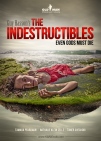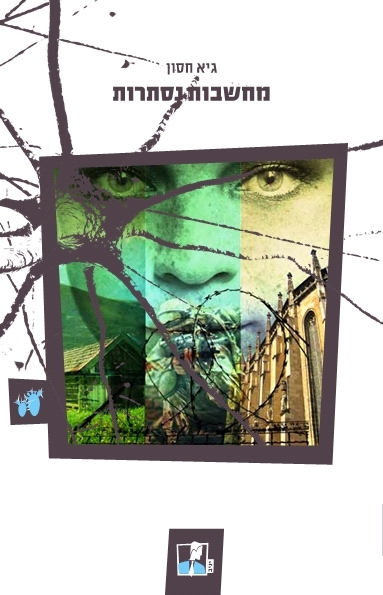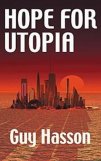Let’s start at the end: The film is scored. And it sounds amazing.
It took a long while to get it done, but that’s how things work when you do a no-budget film.
A small reminder: I took a $200 million idea for an SF film and rewrote it in a way that would cost only $250 (no thousands, no millions). Check out the earlier film journals to see how it was done. This meant everybody worked for free, including my music guy, the super-busy and talented Boaz Cohen about which you will no doubt hear in the future. I had to wait 3 months after editing for him to just have time to look at the project. Then, between his work and other projects he was handling, he gave his sparse spare time to score The Indestructibles. So it took time. But it’s real. And it’s spectacular.
Now that we got that out of the way, let’s talk about why scoring The Indestructibles was an impossible task.
Why Scoring The Indestructibles Was an Impossible Task
A small reminder: The Indestructibles was originally to be an epic superhero film, with hundreds of thousands of superheroes, and a story spanning more than 300 years. There were good guys, a major bad guy, special effects, a background you’ve never seen before in comics or in film, and a twist on the superhero concept that’s entirely new.
And… it cost too much.
This digital age being what it is, I found a way to rework everything: There would be no special effects and no CG.
But the experience should lose nothing: The film is still an epic tale with hundreds of thousands of superheroes and a story spanning more than 300 years. There are still good guys, a major bad guy, a background you’ve never seen before in comics or in film, and a twist on the superhero concept that’s entirely new. Like all good superhero films, there’s a great showdown at the climax. Yes, a powerful and emotionally-rewarding superhero showdown with no CG. And then there’s a twist in the end that, no matter how savvy you are, you’ll never see coming.
All this without showing one costume, one power, or one fake special effect that would look ridiculous in a film with my budget. There are just two actresses and one location for 95% of the film.
So now we can finally get to the point of why scoring The Indestructibles was an impossible task.
Why Scoring The Indestructibles Was an Impossible Task
So. Two characters in one place go through a special kind of drama that mirrors the great epic superhero drama the film’s about.
How would you go about scoring that? Boaz asked me this question, and I had to think about it for a couple of days before I had an answer I was sure of: We should score the movie we don’t see rather than the movie we do see.
What’s the movie we do see? We see two characters in an underground garage going through their own personal and quite intense drama, building towards the showdown with the bad guy.
What’s the movie we don’t see? More than a hundred thousand superheroes are reflected through the eyes and words of the characters. We experience superheroic adventure, sacrifice, tragedy, backgrounds, and battles – but we don’t see any of it.
My decision was to score the second movie, the CGI-ed film, the one we hear about. The movie you would have seen, if I had $200 million, is playing in the background of The Indestructibles, and now it’s fully scored.
As an audience, you’re already emotionally experiencing the epic film. Now that the film is scored, that emotional experience is heightened with music that fits the film that’s playing on the screen in the back of your mind. Which means that your entire film experience is heightened.
So, yeah, Boaz Cohen scored a film by scoring a film the audience doesn’t see. I said ‘impossible’, right?
Want to See It for Yourselves?
The film is almost finished – a couple more short stops and we’re done.
Stick around. Stay updated. The superheroes are coming and the gods have to die.











